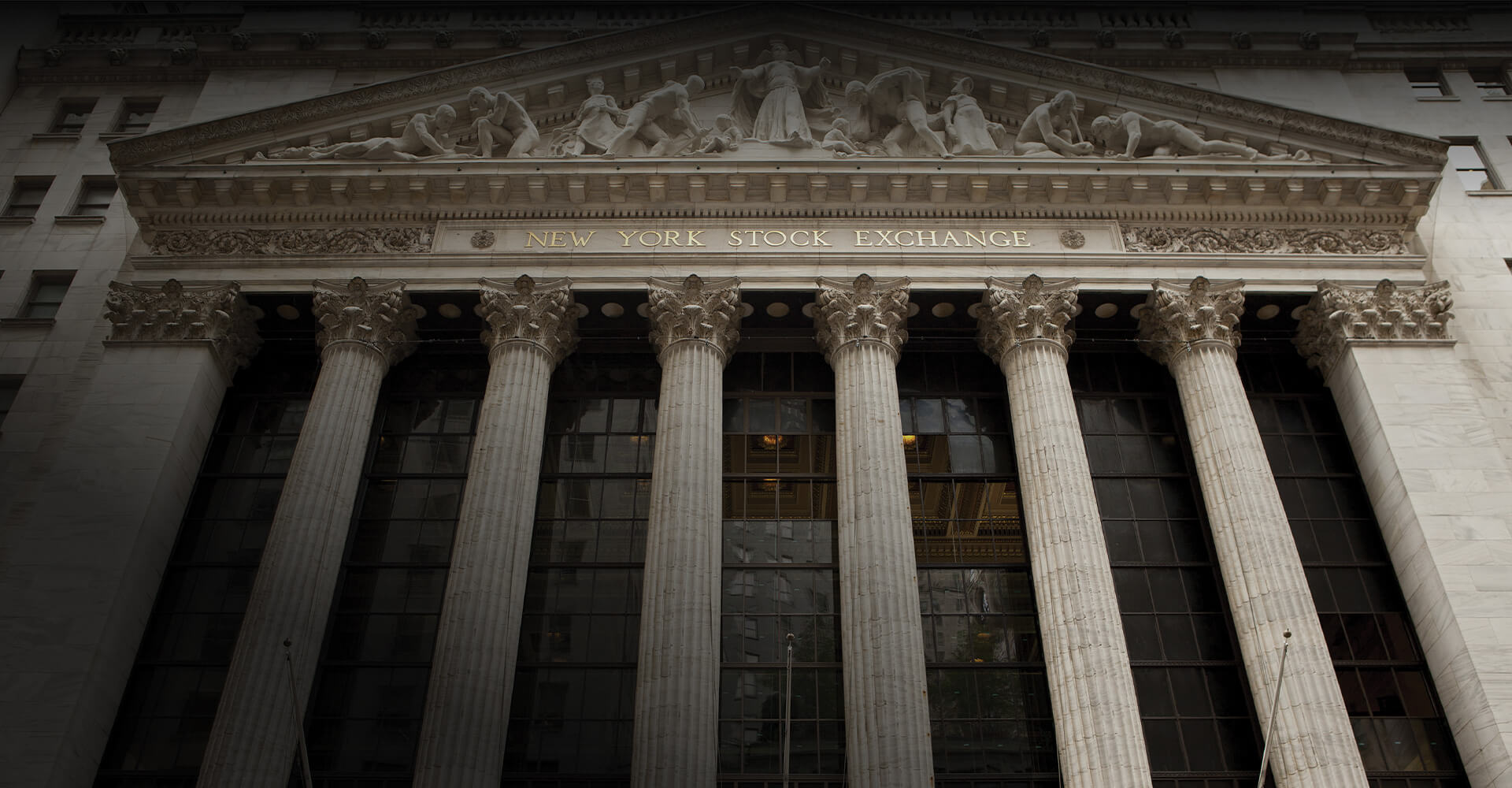FINRA Rule 3310: Anti-Money Laundering Laws and the Threat to Securities Markets

Anti-money laundering laws attempt to curb illicit transactions in the securities industry. Money laundering is one method criminals use to disguise the origins of their ill-gotten gains. Investigators have connected money laundering to illegal arms sales, trafficking, and even terrorism. Fraudulent stockbrokers have historically used money laundering to hide embezzling and securities fraud, including insider trading.
Anti-Money Laundering Legislation
In 1970, the U.S. adopted the Bank Secrecy Act (BSA). The BSA established record-keeping requirements for financial institutions, including the source of financial instruments deposited in U.S. banks and brokerage firms.
Following the terrorist attacks of September 11, 2001, the Patriot Act brought with it the Anti-Terrorist Financing Act (Money Laundering Abatement Act). This Act was designed to curtail terrorist groups’ finances and identify the red flags of money laundering.
Suspicious Activity Reporting (SARs)
If a brokerage firm suspects money laundering, they are required to file a Suspicious Activity Report (SAR) with the Financial Crimes Enforcement Network (FinCEN). FinCEN shares the information gathered through SARs with other agencies that investigate criminal and regulatory violations.
Brokerage firms must report cash transactions of $10,000 or more to the IRS. This could be a single transaction or a series of transactions.
Firms must also report transactions of $5,000 or more if any of the following apply:
- The broker suspects the transaction is related to illegal activity or is designed to evade regulations.
- The customer has no reasonable explanation for the transaction.
- It is not the sort of transaction in which the investor would usually engage.
Brokerage firms must file their SAR within 30 days of the alleged activity, or 60 days if the brokerage firm is unable to identify a suspect. Firms must keep the SARs on file for at least five years.
Anti-Money Laundering Laws and Brokerage Firms
FINRA has its own set of anti-money laundering requirements for brokerage firms under FINRA Rule 3310. In fact, each firm must designate an individual to monitor day-to-day anti-money laundering operations. The firm’s AML responsibilities are substantial.
- Brokerage firms must conduct ongoing monitoring to identify and report a suspicious transaction
- Depending on the customer’s risk level, the firm must also maintain and regularly update customer information.
- Firms must also conduct independent testing to ensure the program’s controls are adequate.
Investor Information Requirements
Firms are also required to understand the purpose of investor relationships and develop customer risk profiles.
It is not enough for brokerage firms to simply check items off a list. Regulatory Notice 02-21 states that Anti-Money Laundering programs cannot be “one size fits all.” Financial intuitions must specifically tailor their AML program to their business. For instance, firms that do business with overseas banks should be especially diligent in identifying the owners of the foreign bank.
FINRA also requires that firms take the following steps before working with an investor:
- Verify the identity of any customer seeking to open an account.
- Check the investor does not appear on any lists of known or suspected terrorists.
- Learn the source of the investor’s assets and income. This will allow the supervisors to determine if securities transactions match up with the investor’s financial status.
- Make sure the investor has provided a physical address instead of a P.O. box.
How Do Brokerage Firms Catch Money Laundering?
Brokerage firms should monitor trading activity for each investor so they can get a sense of what an unusual transaction would look like. Suspicious transactions may serve no apparent business purpose, and the customer may not have a reasonable explanation.
In addition, FINRA and FinCEN have identified red flags for money laundering that firms’ supervisory systems should catch.
Red Flags of Anti-Money Laundering Law Violations
The investor may provide unusual identification documents that are difficult to verify. There may also be inconsistencies between the identification documents and other documents the investor has provided.
Suspicious Behavior
- Reluctance on behalf of the customer to provide information about the nature and purpose of their business.
- Refusal to identify a legitimate source of their funds.
- Lack of concern for the price of a securities transaction.
- Depositing shares only to immediately sell them and then transfer the proceeds elsewhere.
- Buying and selling investments with no apparent purpose.
- The investors appear to be acting as the agent for another party but refuse to provide information regarding the party’s identity.
- Receiving a large volume of low-priced securities that are not publicly traded.
Unusual Locations
- The investor is located in an area known for terrorism, narcotics production, or tax shelters.
- The brokerage firm is in an area where the investor does not have any ties.
Shell Companies
In 2021, the National Defense Authorization Act required U.S. companies to register their real owners, instead of hiding behind anonymous shell companies. Shell companies are essential tools for many criminal organizations.
- The investor is a trust, a shell company, or a private investment company that does not want to provide information about its controlling parties and beneficiaries.
- The investor deposits shares issued by shell companies or by companies that have had several name changes.
Multiple Accounts
Money laundering might involve the use of multiple accounts.
Maintaining accounts in the names of family members for no apparent reason should raise suspicions.
Penny Stocks
Money launderers may deliver a large block of penny stocks or OTC shares as part of their laundering operation. So, a customer who trades heavily in penny stocks, or whose trading accounts for the majority of trades in a single penny stock warrants further investigation. Regulation S stocks and bearer bonds may also be cause for concern.
Penny stocks are also commonly at the center of pump-and-dump schemes, another common type of fraud.
Structuring
In order to evade the reporting requirements for transactions of $10,000 or more, criminals will sometimes divide their deposits into smaller amounts. This is also known as “structuring” or “smurfing.”
Washing
Firms should also monitor for “washing,” a type of fraud in which an investor buys shares of a company through one broker and sells them using a different broker. This buying and selling activity is meant to manipulate the share prices.
Marking the Close
Marking the close is a type of market manipulation. Investors buy a security near the close of the trading day for a higher price. This is meant to influence the price of the security.
For a more complete list of money-laundering red flags, see FINRA Notice 19-18.
Examples of Anti-Money Laundering Law Violations
First Manhattan
In February 2022, First Manhattan agreed to a pay a fine of $250,000 for failing to comply with FINRA Rule 3310 and failing to report red flags of suspicious activity.
Red Flag #1: Changes to Issuers’ Names
FINRA alleges that from May 2015 to May 2020, a firm customer made 55 deposits of microcap securities, many of which came from issuers that had recently changed their names and lines of business—both red flags for money laundering.
Red Flag #2: Large Amounts of Transactions Involving Low-Price Securities
Microcap stocks are issued by companies with low market capitalizations—i.e., the total number of shares multiplied by the total share price is $50 million to $300 million. These types of stocks are often at the center of money laundering schemes.
Red Flag #3: Quick Turnarounds for Securities Transactions
According to the allegations, the customer deposited share certificates, sold the shares within days or weeks, and then immediately wired out the proceeds.
Violations of FINRA Rule 3310
First Manhattan allegedly failed to collect information on the customer’s relationship to the issuer. To make matters worse, the customer was allegedly an immediate family member of First Manhattan’s anti-money laundering compliance officer.
GBM International
In 2021, GBM consented to a $250,000 fine following allegations that the firm failed to report suspicious activity. The firm paid a $20,000 FINRA fine in 2012 over similar allegations.
GBM reportedly had procedures in place designed to comply with anti-money laundering laws, and yet the firm failed to “reasonably investigate” the following:
Red Flag #1: Failure to Review Transactions in High-Risk Locations
In less than one month, one account received wires for $421,000 from Mexico and wired the same amount to a financial institution in Belgium. Mexico is on FinCEN’s radar as a hotspot for illicit cash transactions. Belgium banks have also been featured heavily in money laundering reports.
Red Flag #2 Transactions that Have No Clear Business Purpose
One account received a third-party wire for $400,000. Three days later, the same account sent a third-party wire for the same amount. GBM allegedly failed to investigate why the account owner would not use a personal or business bank account for this type of transaction.
Similarly, FINRA alleges that GBM did not investigate why one account owner used their GBM account to pay for personal expenses, such as paying employees of a yacht. Utilizing a securities account to pay for personal expenses should be a clear red flag for money laundering.
What Investors Need to Know About Money Laundering
The brokerage firms cited above are still registered with FINRA, as of March 24, 2022. Investors should use BrokerCheck to review their brokerage firm’s regulatory history to look for any disclosures related to fraud—failing to investigate money laundering is just one common example of unscrupulous business practices. If you have any concerns about your firm’s conduct, contact a securities lawyer for a free case evaluation.


